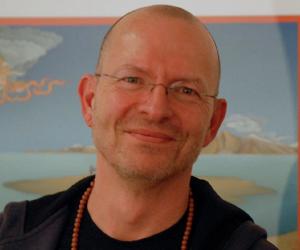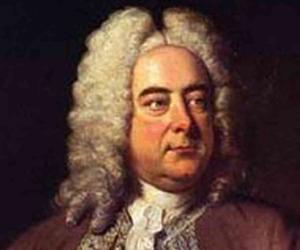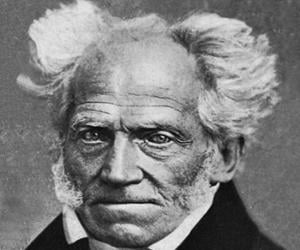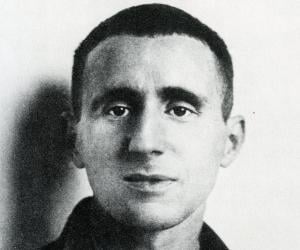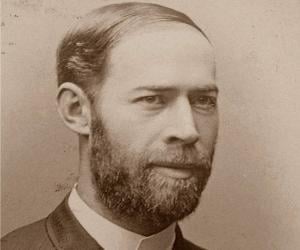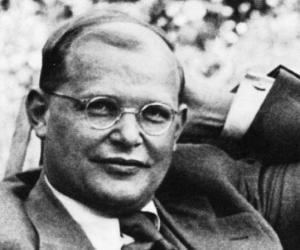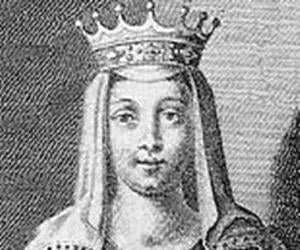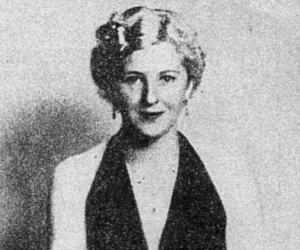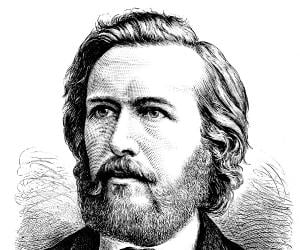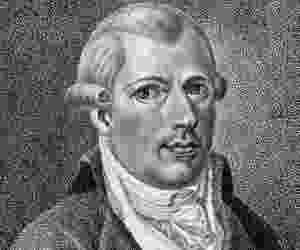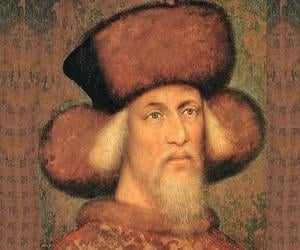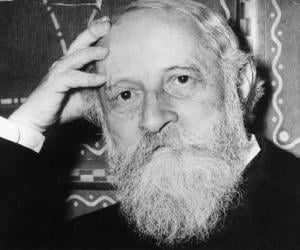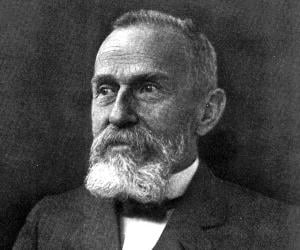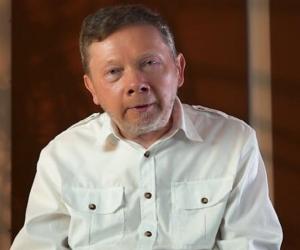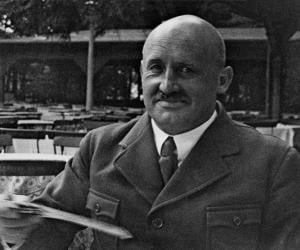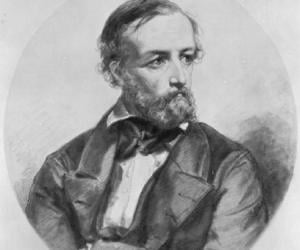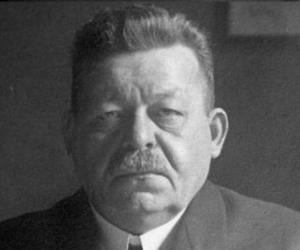George Frideric Handel was a Baroque composer renowned for his oratorios, operas, anthems, and organ concertos. A great composer, Handel's works had a strong influence on popular Classical-era composers like Beethoven and Mozart. George Frideric Handel's life and work have also inspired several films, such as the 1942 British biographical film The Great Mr. Handel.
Arthur Schopenhauer was a German philosopher. He was among the first Western philosophers to affirm important tenets of Indian philosophy, such as denial of the self and asceticism. Schopenhauer's work has had a tremendous posthumous impact on disciplines like science, literature, and philosophy. His work influenced personalities like Albert Einstein, Ludwig Wittgenstein, Sigmund Freud, George Bernard Shaw, and Leo Tolstoy.
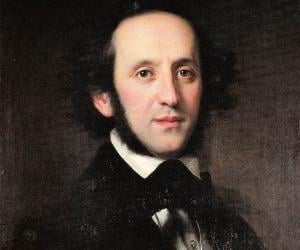
Felix Mendelssohn was a German composer of the early Romantic period. He was also a skilled organist, pianist, and conductor. He composed symphonies, concertos, chamber music, and organ music. His collection of lyrical piano songs Songs Without Words is among his best-known works. He was the founder of the public university The Leipzig Conservatory. He died aged just 38.
German playwright, poet, and theater director, Bertolt Brecht, is best known for co-writing the play, The Threepenny Opera, with Kurt Weill. Growing up in war-torn Germany in the early 20th century, he had a difficult life. A hardcore Marxist, he lived in exile during the Nazi period. He returned to Germany after the war and established a theater company.
Heinrich Hertz was a German physicist best remembered for proving the existence of electromagnetic waves with conclusive evidence. For his contributions, Hertz has been honored around the world by a number of countries, including Japan, Russia, and Germany. In 1930, the International Electrotechnical Commission established hertz (Hz) as the SI unit for frequency.

Empress Matilda was the daughter of King Henry I of England and one of the claimants to the throne of England during the 'Anarchy'. Her participation in the civil war and tales of bravery have been the subject of historical fiction. She has also been depicted in films, stage shows, and TV series.
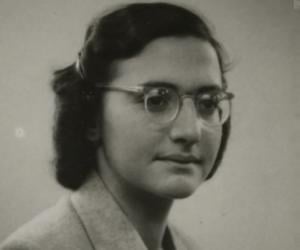
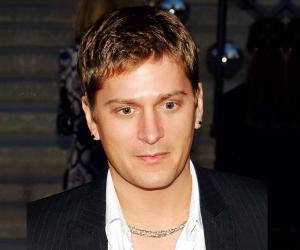
Ernst Haeckel had initially practiced medicine before he gained an interest in Charles Darwin’s theory and began exploring zoology and related fields. He not only coined terms such as ecology, but also named numerous species and created a genealogical tree. He drew numerous figures of animals and sea creatures, too.
Sigismund, Holy Roman Emperor reigned as the king of Hungary and Croatia from 1387 to 1437. He also served as the king of Germany, king of Bohemia, king of Italy, and emperor of the Romans. Sigismund is best remembered for playing a key role in bringing about the Council of Constance, which ended the Papal Schism.
Martin Buber was an Austrian and Israeli philosopher who received ten nominations for the Nobel Prize in Literature and seven nominations for the Nobel Peace Prize. Renowned for his philosophy of dialogue, Buber is best known for his famous essay, I and Thou. In 1951, he was honored by the University of Hamburg with the prestigious Goethe Award.
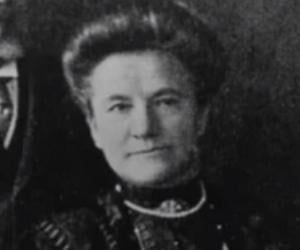



Q'orianka Kilcher is an American actress, activist, and singer. She is best known for playing important characters in films like The New World and Princess Kaiulani. As an activist, Kilcher has been visiting universities and colleges and delivering speeches at organizations like Amnesty International.
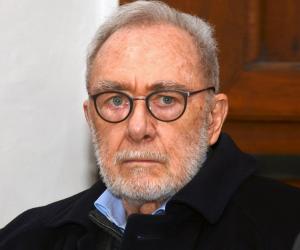
German visual artist Gerhard Richter started out as a Social Realist painter and was later exposed to avant-garde art. He mastered the art of painting scenes collected from newspapers and magazines, including terrorists and serial killer victims. He later also worked on stained-glass design and abstract art.
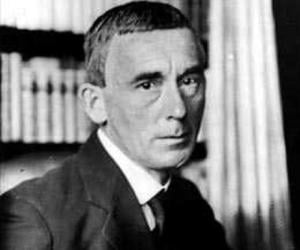
Author, poet and dramatist Hugo Ball was also a harsh social critic and a staunch pacifist. Known for his works like Critique of German Intelligence and The Flight from Time, he left Germany during WWI to settle down in neutral Switzerland, eventually becoming famous as the founder of the Dada movement and a pioneer in the development of sound poetry.
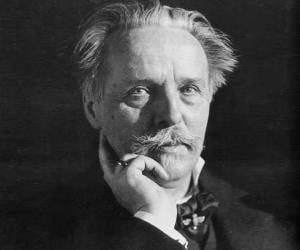
German author Karl May is best remembered for his travel and adventure tales, which narrate stories set in the Middle East and other lands. His best-known works include The Treasure in the Silver Lake. He developed his love for literature after reading voraciously while in prison for fraud.
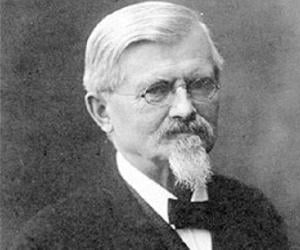
German engineer and auto designer Wilhelm Maybach once earned the nickname The King of Designers. He collaborated with Gottlieb Daimler and formed Daimler-Motoren-Gesellschaft, eventually designing the first Mercedes automobiles. He and his son later started an aircraft engine company. In 1996, he was inducted into the Automotive Hall of Fame.
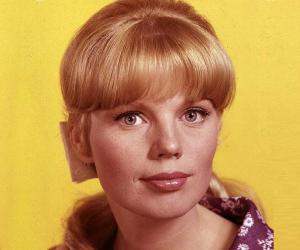
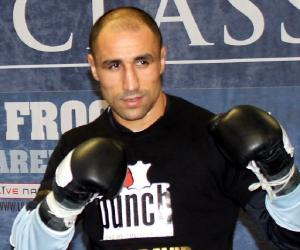
Arthur Abraham is an Armenian-German retired boxer who was active from 2003 to 2018. Between 2005 and 2009, Abraham held multiple world championships, including the IBF middleweight title. Between 2012 and 2016, he held the WBO super-middleweight title on two separate occasions. In 2009, Arthur Abraham was named Berlin Sportsman of the Year.
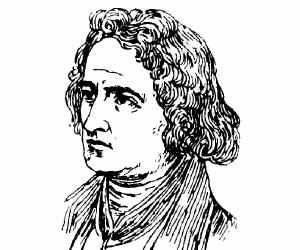
Wilhelm Grimm was a German anthropologist and author. He is best remembered as one half of the popular literary duo, the Brothers Grimm. Along with his elder brother Jacob Grimm, Wilhelm published a collection of fairy tales in 1812. It was later translated into English and came to be known as Grimms' Fairy Tales.
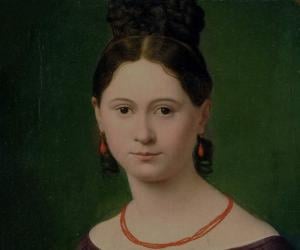
The son of a musician, Emil Kraepelin, remembered as the founder of psychiatry, was the first to differentiate between dementia praecox, now known as schizophrenia, and manic-depressive psychosis. His classification of mental illnesses influenced much of the research on the subject in the 20th century.
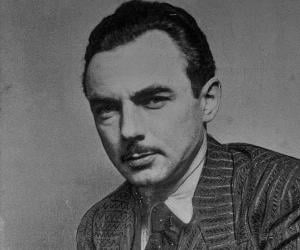
Four-time Nobel Prize-nominated German author Erich Kästne is best remembered for his children’s books such as Emil and the Detectives. Initially aspiring to be a teacher, he later had stints as a journalist and a freelance author. A leading satirist, he contributed to Die Weltbühne and also headed PEN.
German actor Gert Fröbe is best remembered as Auric Goldfinger from the James Bond film Goldfinger and as Baron Bomburst from Chitty Chitty Bang Bang. He initially gained fame with German films such as Berliner Ballade. He was also part of the Canadian-German series The Little Vampire.

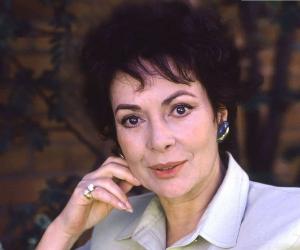
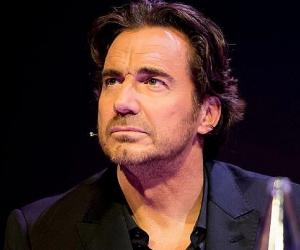
German mathematician Peter Gustav Lejeune Dirichlet is remembered for his invaluable contribution to number theory. He pioneered the concept of a function, expressed through the equation y = f (x). Though his parents wanted him to become a merchant, his mastery of math made them change their minds.

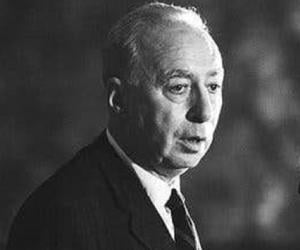
German-born American political scientist and historian Hans Morgenthau, a leading twentieth-century figure in the study of international relations, is noted for his contributions in international relations theory and the study of international law. His book Politics Among Nations introduced the concept of political realism that played an instrumental role in the foreign policy of the US.
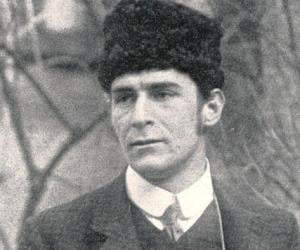
Best known as one of the founders of the German Expressionist group The Blue Rider, German painter Franz Marc mostly depicted animals through his works. The Tower of Blue Horses and Yellow Cow are two of his notable works. Children and the mentally disabled also appeared as his subjects.
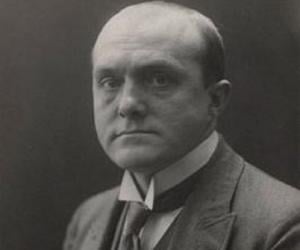
Max Beckmann was a German painter, sculptor, draftsman, printmaker, and writer. Even though scholars classify him as an Expressionist artist, he personally never identified as one. He became involved with the New Objectivity movement in the 1920s. He taught at the St. Louis School of Fine Arts at Washington University in his last years.
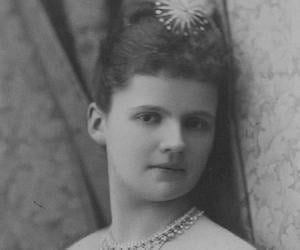
Friedrich Ebert was a German politician who served as the president of Germany from 1919 to 1925. He played an important role during the German Revolution of 1918–19, which helped replace the federal constitutional monarchy with a parliamentary republic, which came to be known as the Weimar Republic. Friedrich Ebert also worked towards restoring peace in Germany.


German art-forger and artist Wolfgang Beltracchi gained notoriety for his involvement in an international art scam where he forged paintings of famous artists like Max Ernst, Fernand Léger, Heinrich Campendonk, and Kees van Dongen and sold them to make profits that surpassed $100m. Beltracchi and his wife, Helene, were found guilty and were given six-year and four-year prison terms respectively.

Empress Schuck is a Filipino actress, singer, dancer, model, and fashion designer. Empress is best known for her work as a child actor. In 2003, she was named the Best Child Actress at the Filipino Academy of Movie Arts and Sciences Awards for her portrayal of Sandy del Rosario in her debut film 9 Mornings at the age of nine.
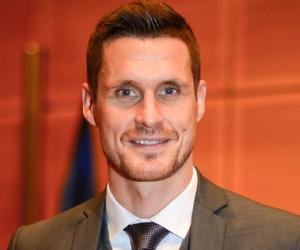
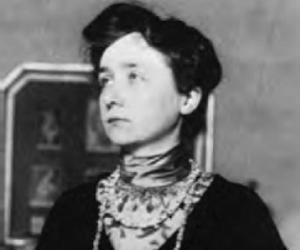
Gabriele Munter was a German expressionist painter who led the Munich avant-garde movement in the early 20th century. She began to draw as a child and was supported in her ambitions by her parents. She went on to have a successful career and became a founding member of the expressionist group Der Blaue Reiter. She lived with painter Wassily Kandinsky.
